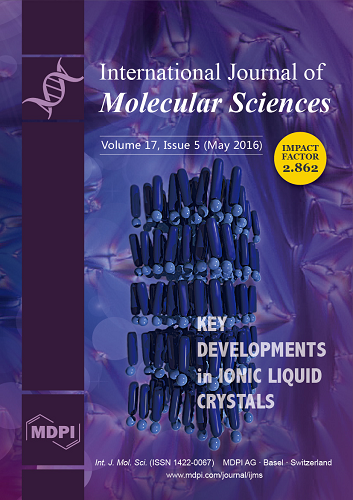Autism Spectrum Disorder (ASD) is a group of neurodevelopmental disorders with complex genetic etiology. Recent studies have indicated that children with ASD may have altered folate or methionine metabolism, suggesting that the folate–methionine cycle may play a key role in the etiology of ASD.
SLC19A1, also referred to as reduced folate carrier 1 (
RFC1), is a member of the solute carrier group of transporters and is one of the key enzymes in the folate metabolism pathway. Findings from multiple genomic screens suggest the presence of an autism susceptibility locus on chromosome 21q22.3, which includes
SLC19A1. Therefore, we performed a case-control study in a Japanese population. In this study, DNA samples obtained from 147 ASD patients at the Kanazawa University Hospital in Japan and 150 unrelated healthy Japanese volunteers were examined by the sequence-specific primer-polymerase chain reaction method pooled with fluorescence correlation spectroscopy.
p < 0.05 was considered to represent a statistically significant outcome. Of 13 single nucleotide polymorphisms (SNPs) examined, a significant
p-value was obtained for AA genotype of one SNP (
rs1023159, OR = 0.39, 95% CI = 0.16–0.91,
p = 0.0394; Fisher’s exact test). Despite some conflicting results, our findings supported a role for the polymorphism
rs1023159 of the
SLC19A1 gene, alone or in combination, as a risk factor for ASD. However, the findings were not consistent after multiple testing corrections. In conclusion, although our results supported a role of the
SLC19A1 gene in the etiology of ASD, it was not a significant risk factor for the ASD samples analyzed in this study.
Full article






